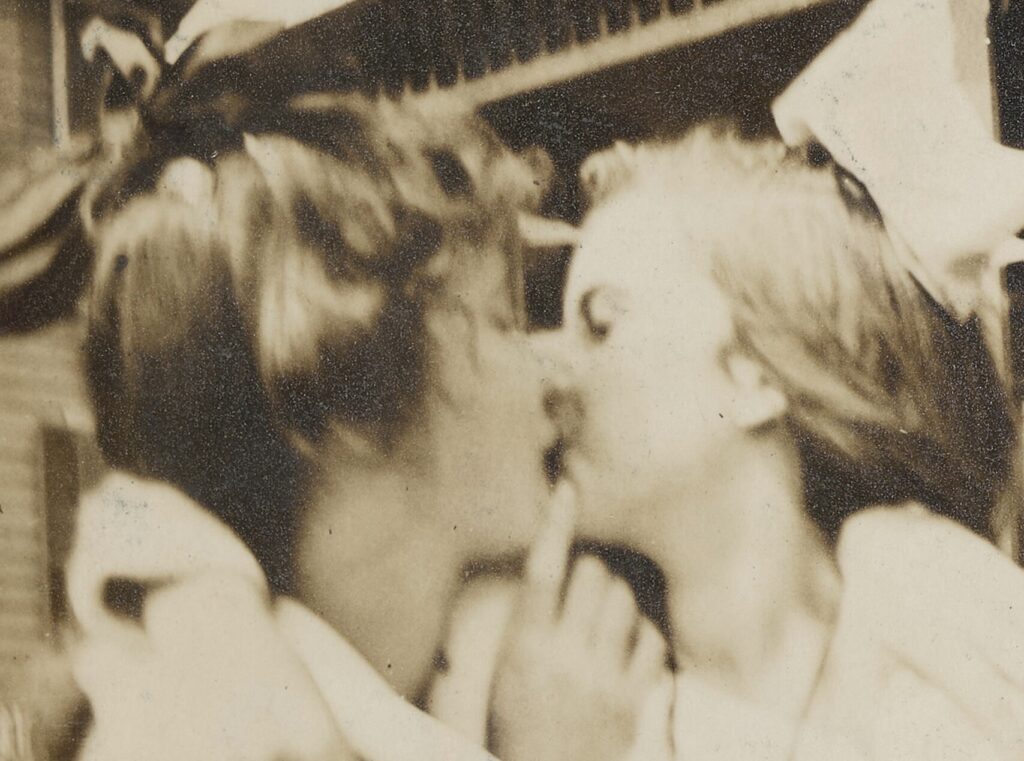Special Issues
“Kathryn Bigelow: A Visionary Director” Special Issue 19.3 (Fall 2021)
Guest editor Frances Pheasant-Kelly
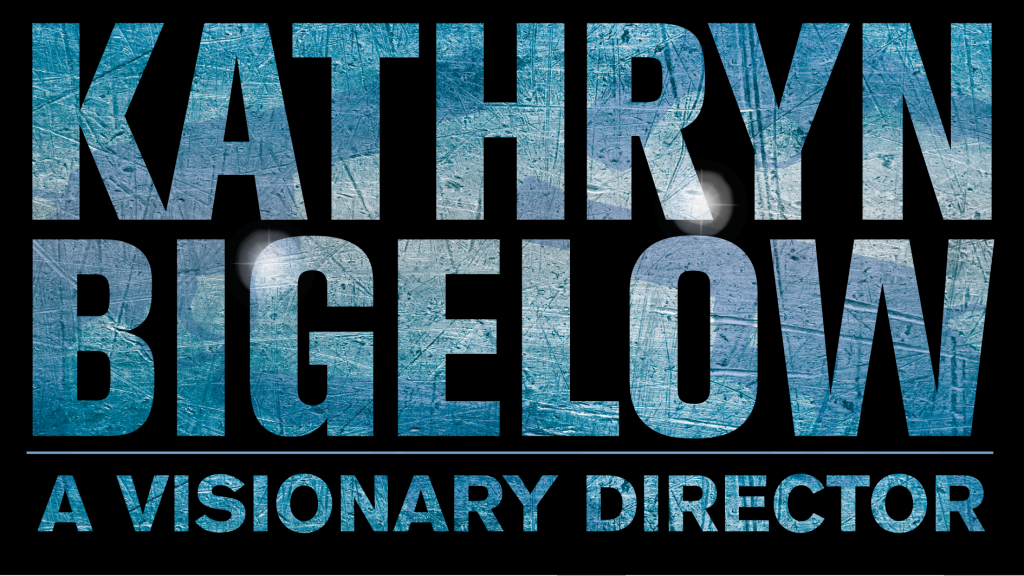
Excerpt (Intro): Until April 2021, when Chloé Zhao became only the second woman to achieve Best Director in the estimation of the Academy of Motion Picture Arts and Sciences, the mantle had been held for eleven years by Kathryn Bigelow. Winning the Oscar at the 82nd Academy Awards in 2010 was a pivotal moment in cinema history for which Bigelow is widely acknowledged. What also caught the headlines in 2010 was the fact that she achieved the award for The Hurt Locker (Bigelow 2008), a film that had only modest box office success at the time of its release in comparison to its main rival, Avatar (Cameron 2009).
Articles
Delinquent daughters: Hollywood’s war effort and the ‘juvenile delinquency picture’ cycle
By Tim Snelson
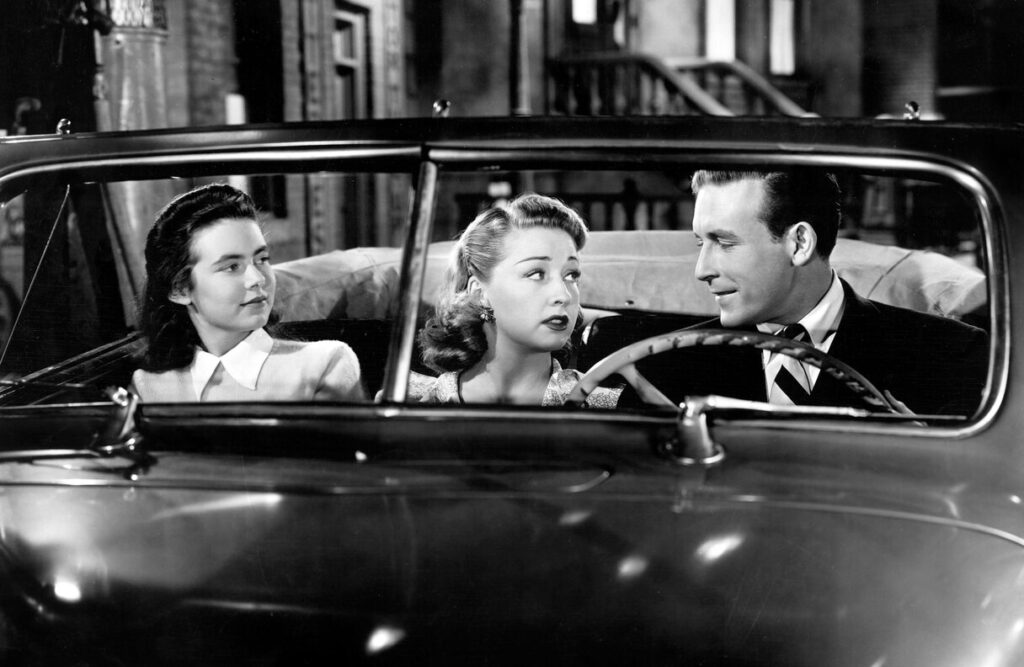
Stanley Kubrick and the internationalisation of post-war Hollywood
By Peter Krämer

Eye candy for the blind: re-introducing Lyotard’s Acinema into discourses on excess, motion, and spectacle in contemporary Hollywood
By Simone Knox
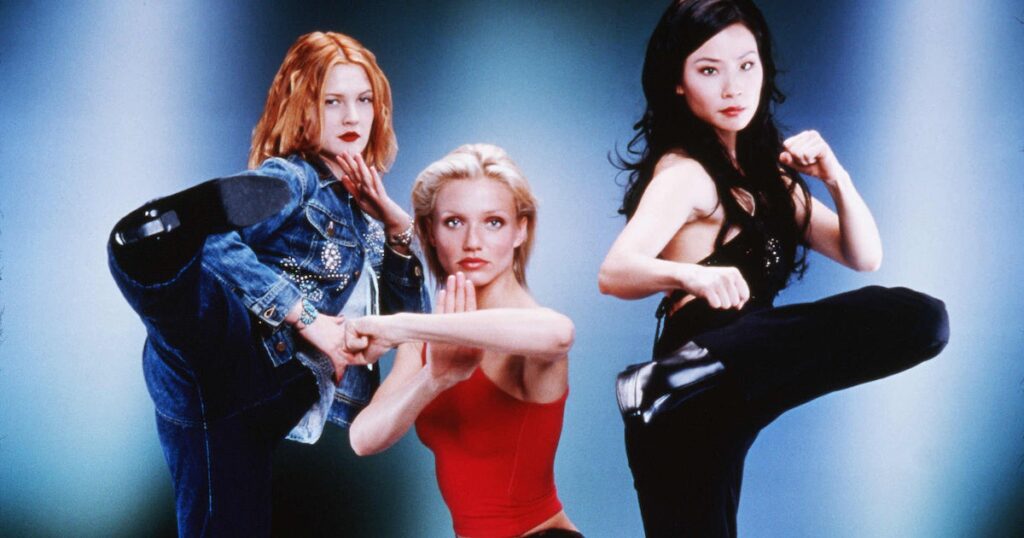
Performance anxiety: the competitive self and Hollywood’s post-crash films of cruelty
By Louis Bayman

‘A process to learn something’: Pearl Harbor and the Producer’s Game in contemporary Hollywood
By Jim Whalley

Realism, revisionism and visual style: The French Connection and the New Hollywood policier
By Paul Ramaeker
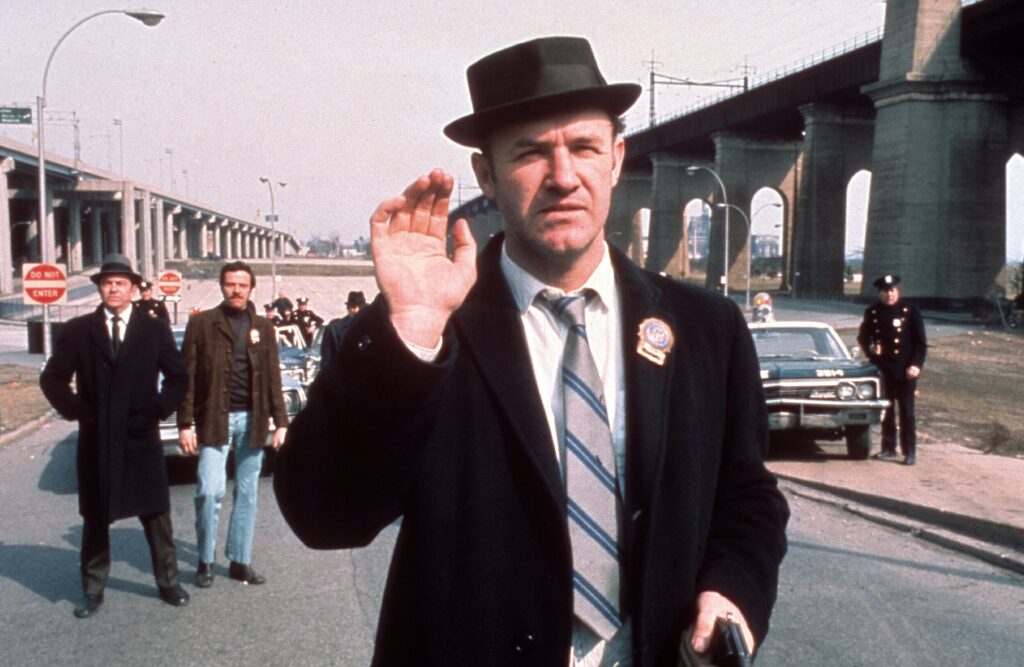
Redford and Streisand: The Shifting Star Persona in 1970s Hollywood
By David Stevens
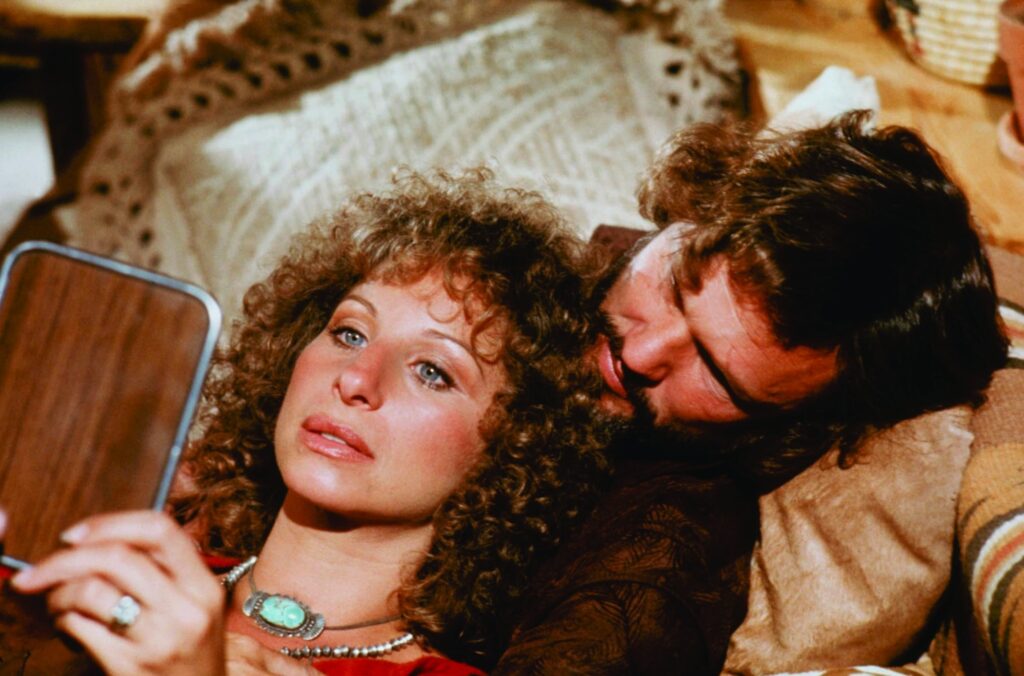
Revisiting Brokeback Mountain – how mountains matter, or: melodrama, melancholy, (im-)mobility
By Sabine Sielke
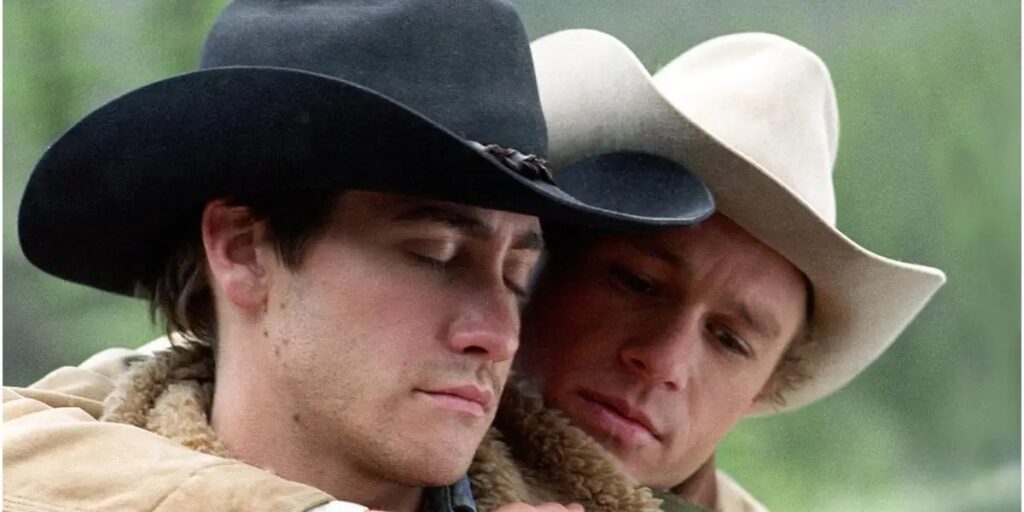
Brooklyn: gendered Irish migration to the United States
By Carolina Rocha

‘Humanity rising from the depths of brine’: an oceanic politics in Disney’s Moana
By Kevin Chew

Complicating the theory of the male gaze: Hitchcock’s leading men
By Colleen Glenn
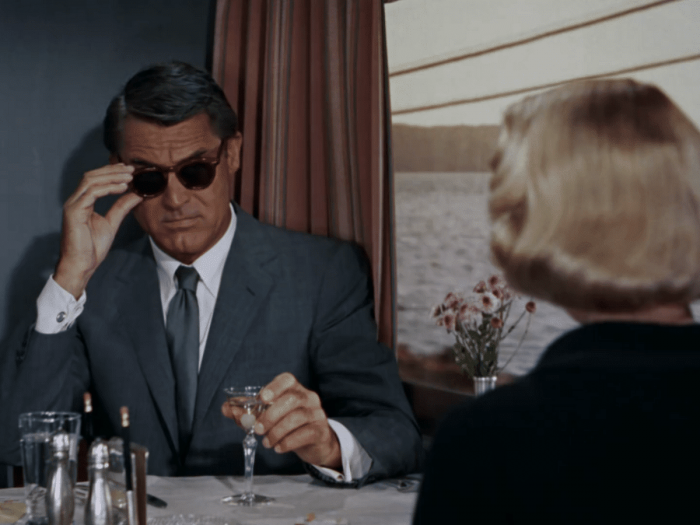
Before Industrial Light and Magic: the independent Hollywood special effects business, 1968–75
By Julie Turnock
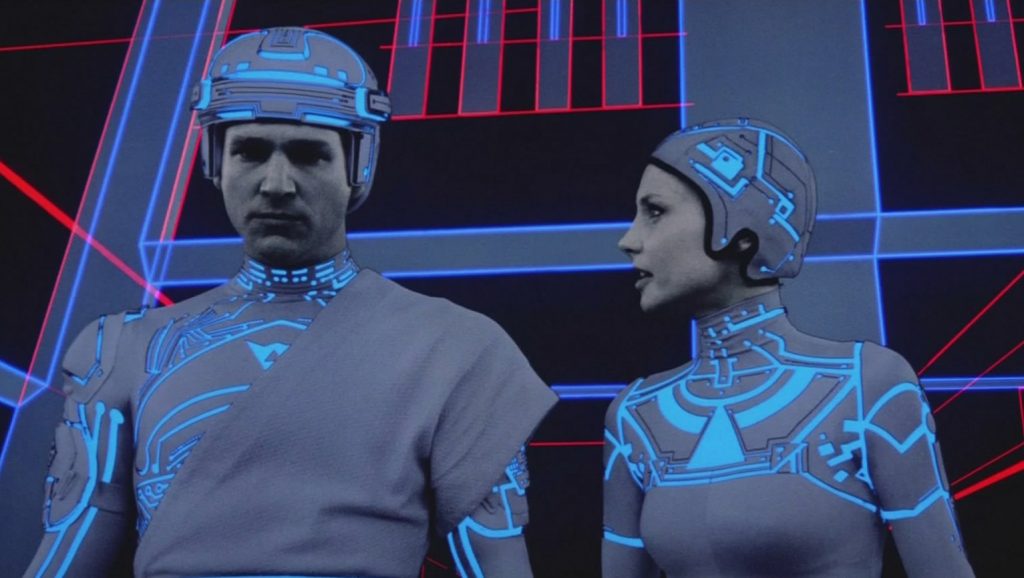
MAJOR STATUS, INDEPENDENT SPIRIT
By Yannis Tzioumakis

Say ‘Pulp Fiction’ One More Goddamn Time: quotation culture and an Internet-age classic
By Michael Z. Newman

Institutions, identity and insanity: abject spaces in Shutter Island
By F.E. Pheasant-Kelly

Book Reviews
Diane Negra’s Shadow of a Doubt
Reviewed by Sophia Fuller
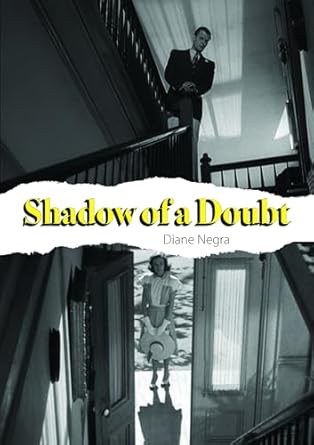
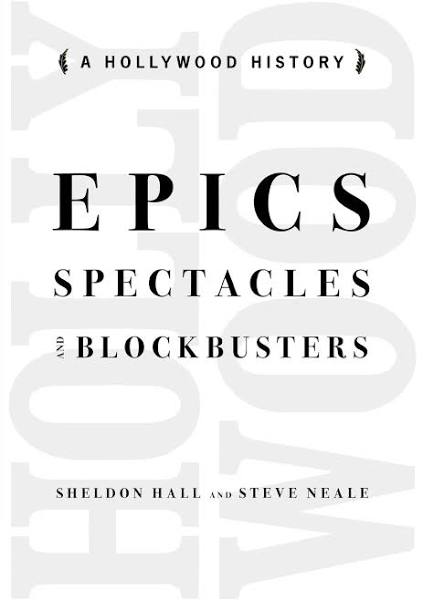
Sheldon Hall and Steve Neale’s Epics, Spectacles, and Blockbusters: A Hollywood History
Reviewed by Jim Whalley
Shyon Baumann’s Hollywood Highbrow
Reviewed by Jeff Scheible
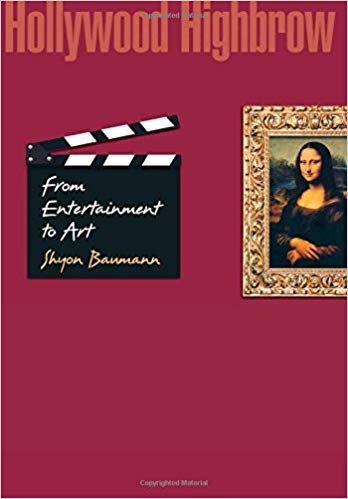

Richard Rushton’s The politics of Hollywood cinema: popular film and contemporary political theory
Reviewed by Lindsay Steenberg
James MacDowell’s Happy endings in Hollywood cinema: cliché, convention and the final couple
Reviewed by Tanya Horeck
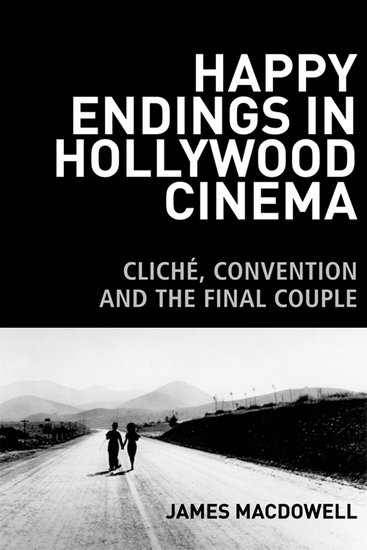
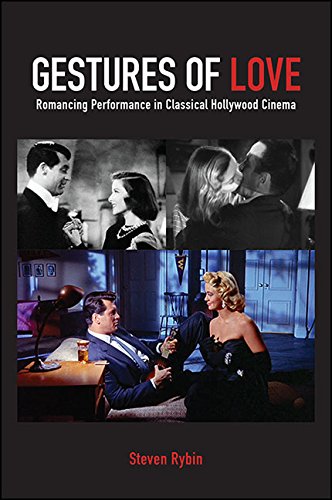
Steven Rybin’s Gestures of love: romancing performance in classical Hollywood cinema
Reviewed by Celestino Deleyto
The superhero symbol: media, culture & politics
EDITED BY LIAM BURKE, IAN GORDON & ANGELA NDALIANIS
Reviewed by Vinodh Venkatesh
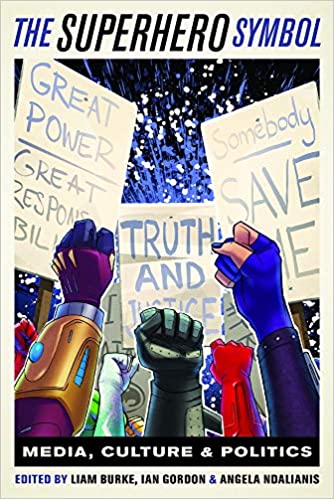

Erin Heath’s Mental disorders in popular film: how Hollywood uses, shames, and obscures mental diversity
Reviewed by Fiona Gregory
Mary Harrod’s Heightened genre and women’s filmmaking in Hollywood: the rise of the cine-fille
Reviewed by Sonia Lupher

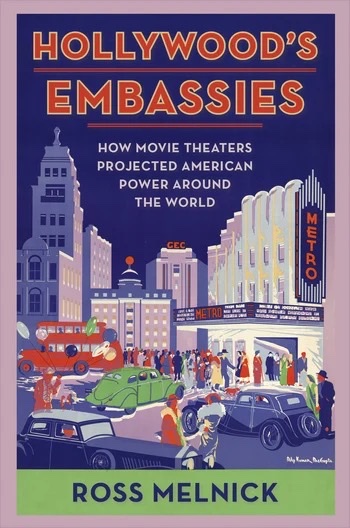
Ross Melnick’s Hollywood’s embassies: how movie theatres projected American power around the world
Reviewed by Michael Gibson
Blog Features
“His favorite & his best film”: A Conversation between Hamilton Carroll & Diane Negra on Shadow of a Doubt

The Politics of Casting and Media Fandom: A Conversation between Kristen Warner and James Rendell
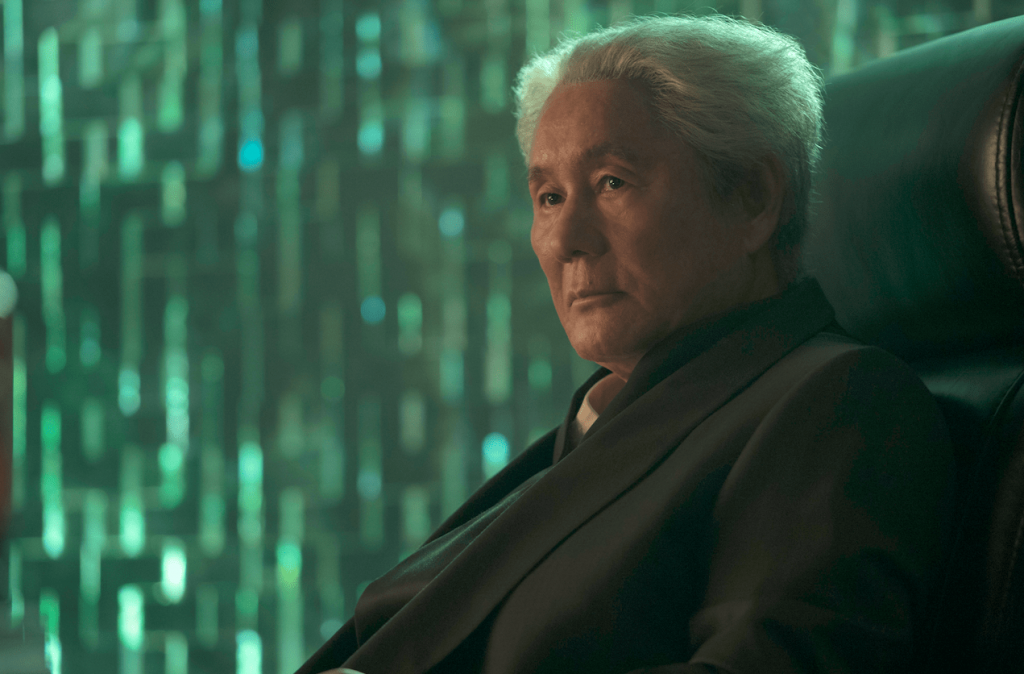
Diana W. Anselmo and Maggie Hennefeld on A Queer Way of Feeling: Girl Fans and Personal Archives of Early Hollywood (UC Press, 2023)
